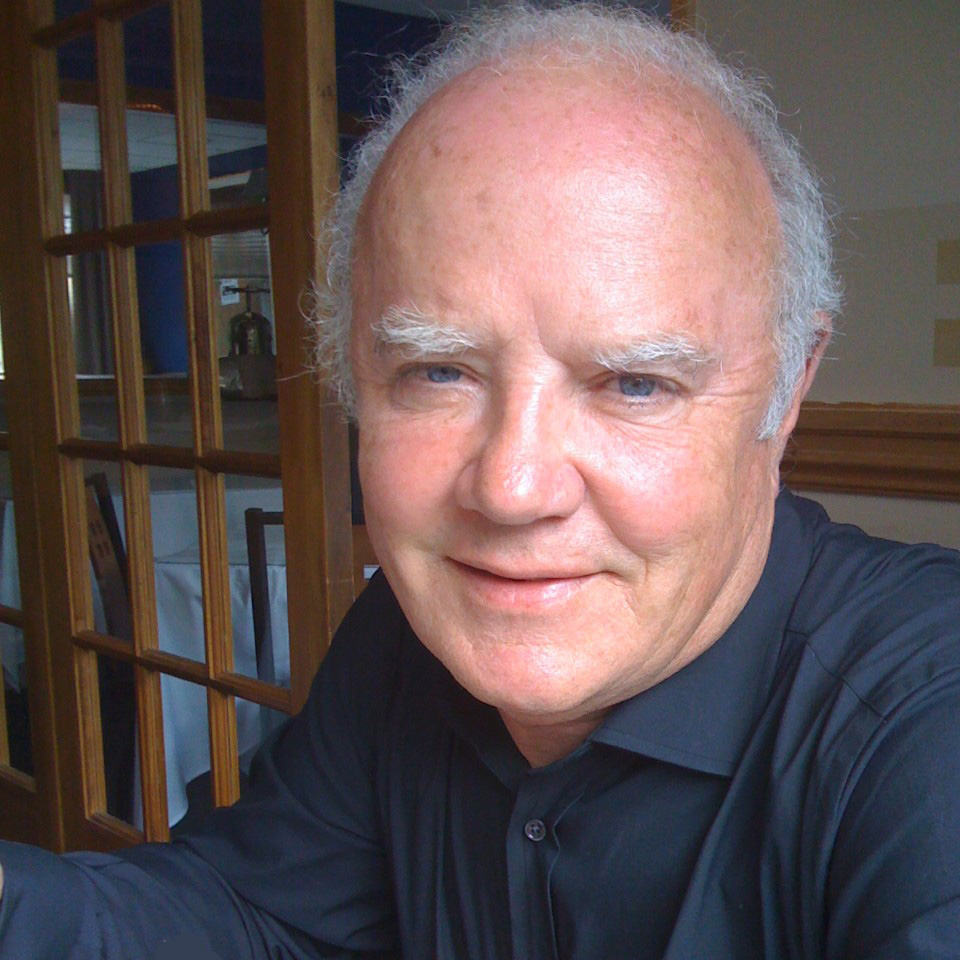
The Power of the Communications Skill – from the Perspective of Artificial Intelligence (AI) | Critical Skills
As a fun exercise, I asked an Artificial Intelligence (AI) program to write a short article about the power of the communications skill. I wasn’t disappointed – here is the result.
Communication is a fundamental aspect of human interaction. It is the means by which we convey ideas, express emotions, and connect with one another. The power of communication lies in its ability to persuade, to move people to action or to change their beliefs. This power exists whether the message being communicated is true or false, and throughout history, it has been harnessed to achieve great things – and to cause great harm.
The ability to communicate effectively is an essential skill in any setting, from the boardroom to the battlefield. It is the key to leadership, sales, negotiation, and conflict resolution. Good communication skills allow individuals to express themselves clearly and articulately, to listen actively and empathetically, and to adapt their message to suit their audience.
But the power of communication goes beyond just conveying information. It has the potential to shape opinions, attitudes, and beliefs, and to influence the actions of others. This is where the dark side of communication comes into play. Throughout history, powerful communication has been used to manipulate, deceive, and incite people to violence.
Propaganda, for example, is a form of communication that is designed to influence people’s opinions and beliefs. It is often used by governments to sway public opinion, to demonize their enemies, or to justify acts of aggression. During World War II, both the Axis and Allied powers used propaganda extensively to rally their citizens and to undermine the morale of their opponents.
Similarly, hate speech is a form of communication that is designed to provoke hostility and aggression towards certain groups of people. It can be used to sow division and unrest, to incite violence, or to justify discrimination and oppression. Throughout history, hate speech has been used to justify everything from slavery and genocide to political persecution and ethnic cleansing.
The power of communication can also be seen in the way that it has been used to overthrow governments and to incite revolutions. Throughout history, there have been countless examples of people using the power of words to galvanize the masses and to bring about sweeping social and political change. From the American Revolution to the Arab Spring, communication has been a driving force behind many of the world’s most significant political movements.
But the power of communication is not limited to political movements and revolutions. It can also be seen in the world of business, where effective communication is essential for success. Salespeople, marketers, and entrepreneurs all rely on the power of persuasion to convince customers to buy their products or services.
In conclusion, the power of communication is a double-edged sword. It has the potential to achieve great things, but it can also be used to cause harm. The key is to use this power responsibly, to communicate truthfully and ethically, and to be mindful of the impact that our words can have on others. By harnessing the power of communication for good, we can create a better world for ourselves and for future generations.
Share:
This content was originally published here.


